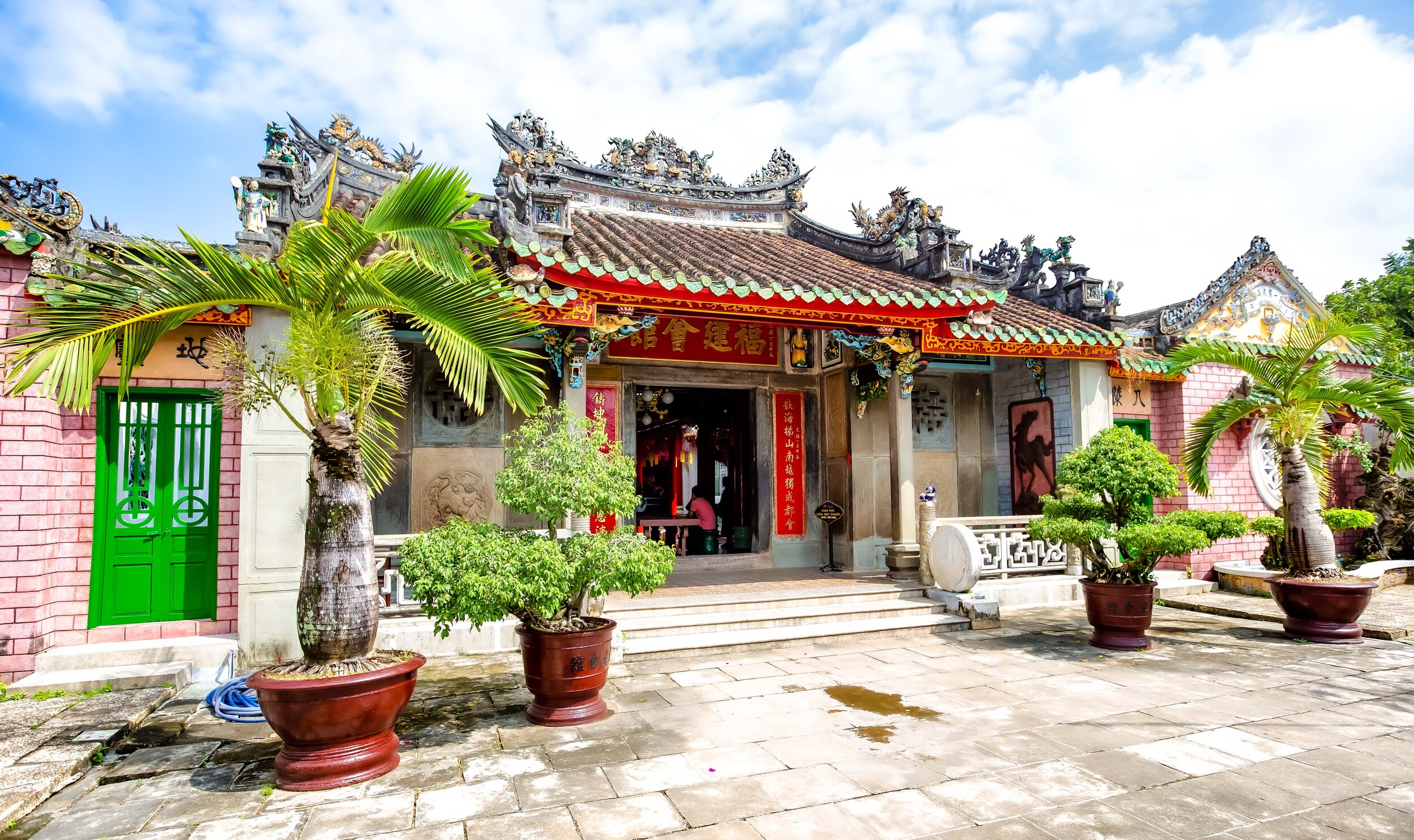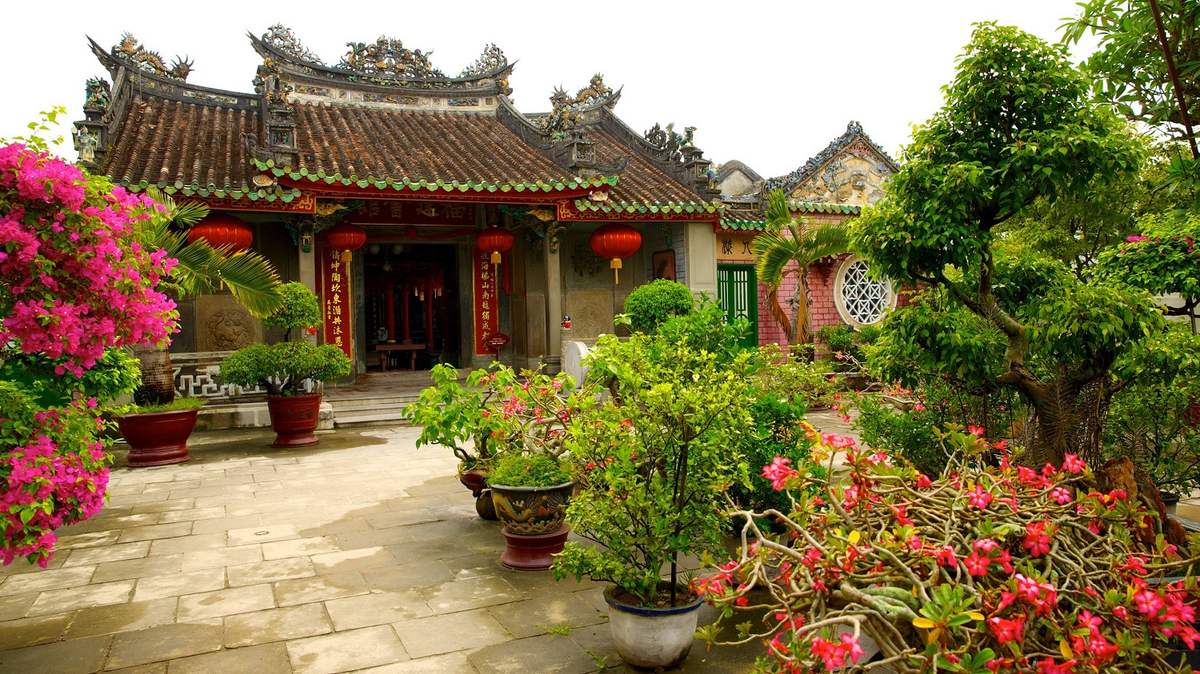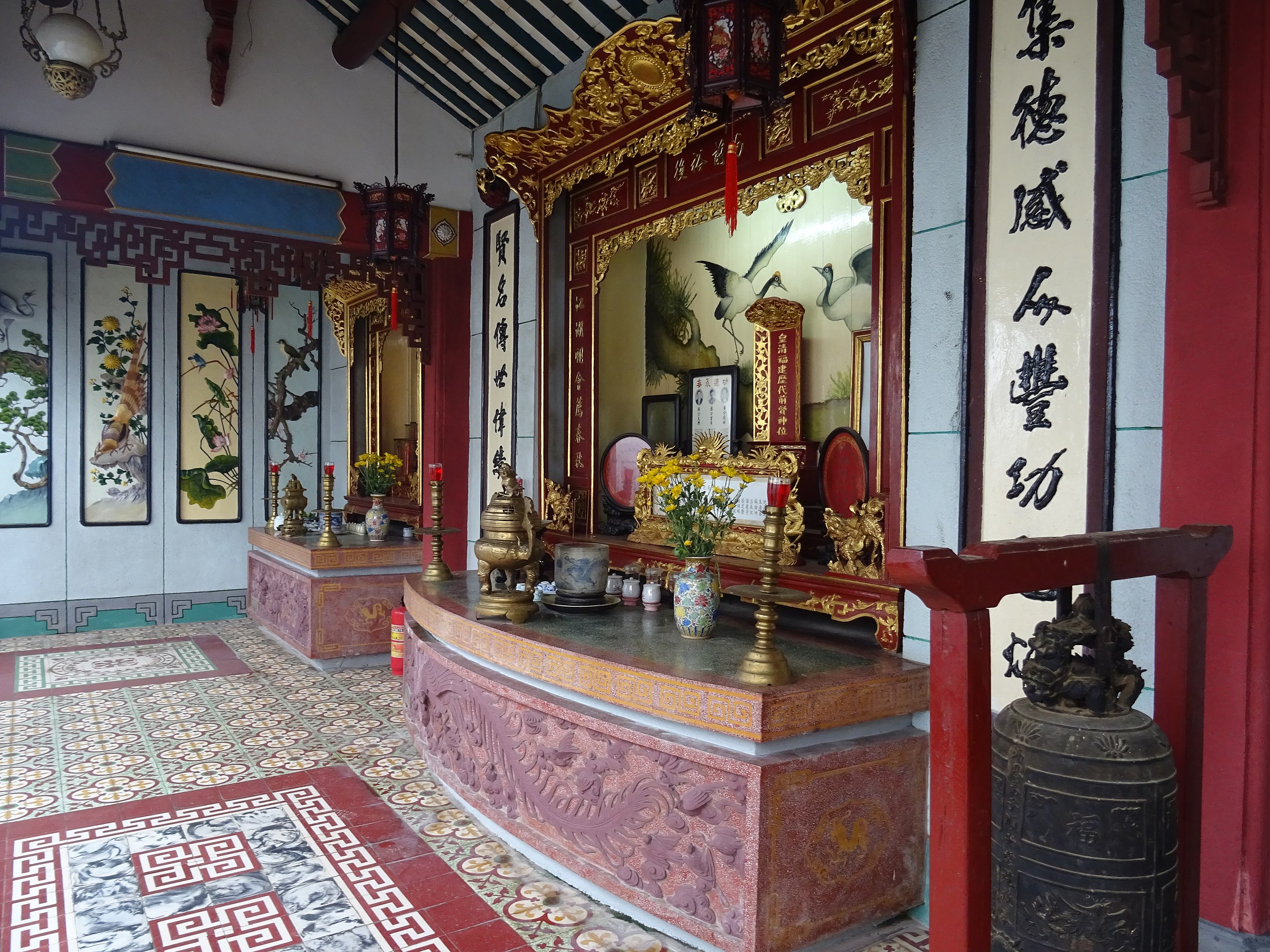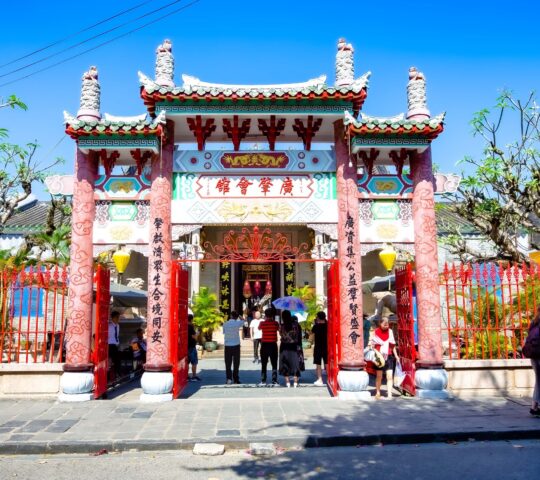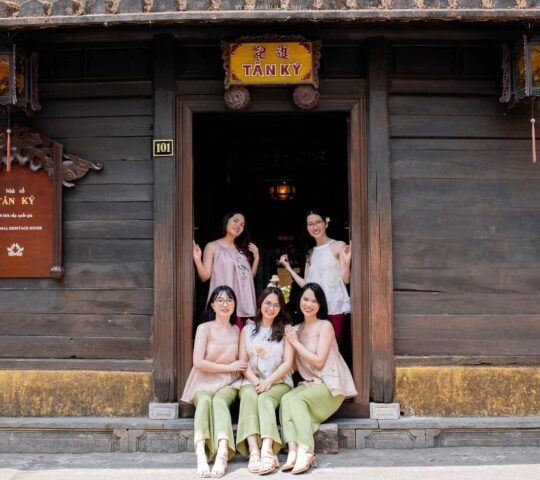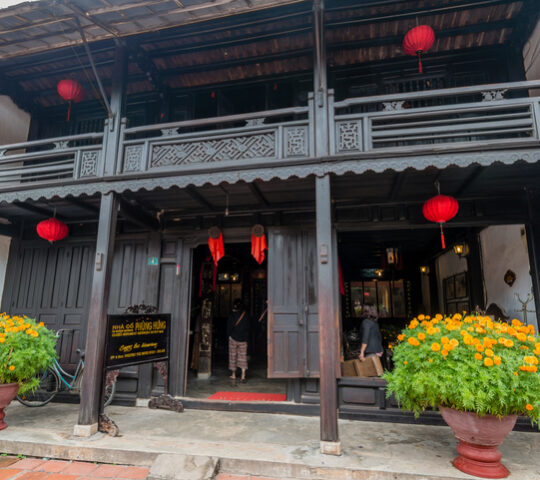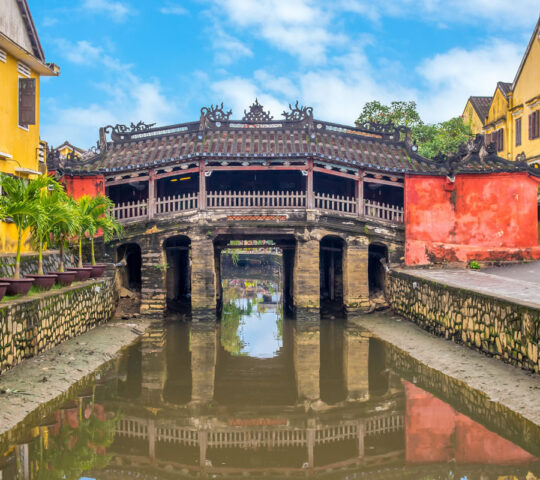Hightlight
-
 Non smoking
Non smoking
Fujian Assembly Hall in Hoi An is one of the most captivating historical landmarks in this Old Town, a UNESCO World Heritage site in Vietnam. This ancient structure holds a rich history, and it is a must-visit destination for anyone seeking to immerse themselves in the cultural tapestry of this charming town. In this article, we will delve into the history, location, key attractions, opening hours, and entrance fees of the Fujian Assembly Hall.
1. History of Fujian Assembly Hall
The Fujian Assembly Hall, also known as Phuc Kien Assembly Hall, was constructed in the late 17th century by Chinese immigrants from Fujian province in China. They came to Hoi An in search of new opportunities and brought their unique cultural heritage with them. The hall was primarily built as a communal gathering place for the Fujianese community to socialize, conduct business, and celebrate traditional festivals.
The hall serves as a testament to the enduring Chinese influence in the region. Its architecture is a blend of traditional Chinese and Vietnamese styles, featuring intricately decorated wooden carvings, porcelain mosaics, and a tranquil courtyard. The hall also contains an altar dedicated to Thien Hau, the Goddess of the Sea, who was believed to protect sailors and fishermen.
2. Location
The Fujian Assembly Hall is conveniently located at 46 Tran Phu Street in the heart of Hoi An’s Old Town. Its central location makes it easily accessible for tourists exploring the town on foot. As you wander the narrow, lantern-lit streets of Hoi An, you’ll find this cultural gem nestled among the various quaint shops, cafes, and other historical sites.
3. Things to See at Fujian Assembly Hall in Hoi An
The Fujian Assembly Hall in Hoi An offers visitors a captivating glimpse into the past. As you step through its grand entrance, you’ll be immediately greeted by the mesmerizing architecture and the serene ambiance of the inner courtyard. Here are some of the key attractions to explore within the hall:
- Architectural Marvels: The hall is a masterpiece of craftsmanship, featuring stunning wooden carvings, colorful porcelain mosaics, and intricate details that tell the story of the Fujianese community’s heritage.
- Altar of Thien Hau: Pay your respects at the altar dedicated to Thien Hau, adorned with offerings, incense, and the calming presence of the sea goddess.
- Courtyard: Take a leisurely stroll through the tranquil courtyard, where you can admire the traditional Chinese-style architecture and the surrounding greenery.
- Historical Exhibits: Inside the hall, you’ll find exhibits and artifacts that provide a deeper understanding of the history and culture of the Fujianese community in Hoi An.
- Annual Festivals: The hall also hosts various cultural events and festivals, especially during the lunar New Year, offering a chance to witness traditional performances and ceremonies.
4. Opening Hours
The Fujian Assembly Hall is open to the public every day from 8:00 AM to 5:30 PM. This provides ample time for visitors to explore its rich history and architecture at their own pace. It’s advisable to arrive early to avoid crowds and enjoy a more peaceful experience.
5. Entrance Fee
As of my last knowledge update in January 2022, the entrance fee for the Fujian Assembly Hall was around 20,000 VND for adults and a reduced fee for children. Please note that entrance fees may have changed since then, so it’s a good idea to check the current fees before your visit.
In conclusion, the Fujian Assembly Hall in Hoi An Old Town is a captivating destination that beautifully illustrates the fusion of Chinese and Vietnamese cultures. Its rich history, stunning architecture, and serene ambiance make it a must-visit site for travelers exploring this charming town. Make sure to allocate some time during your visit to soak in the history and cultural significance of this remarkable place.



